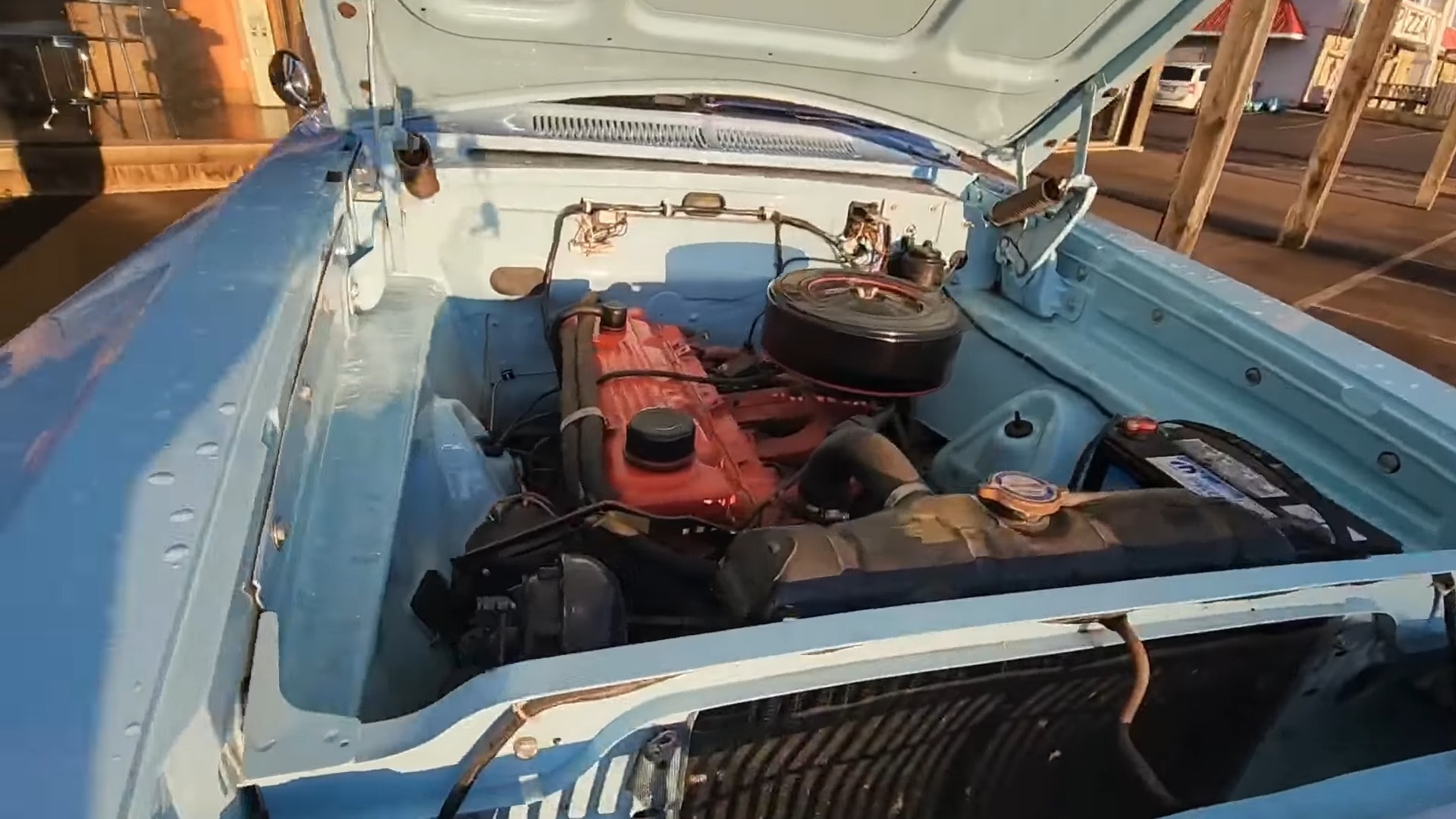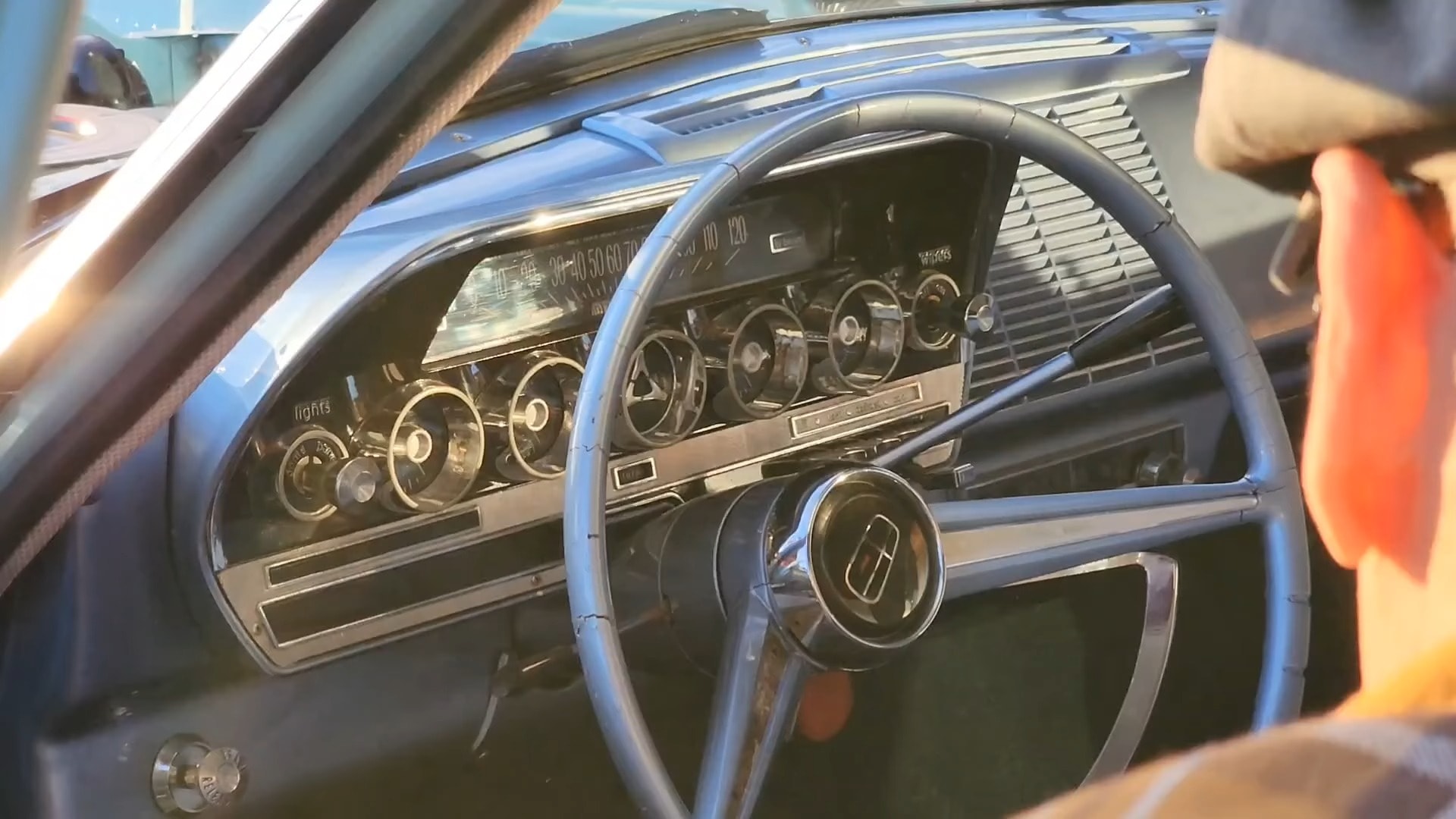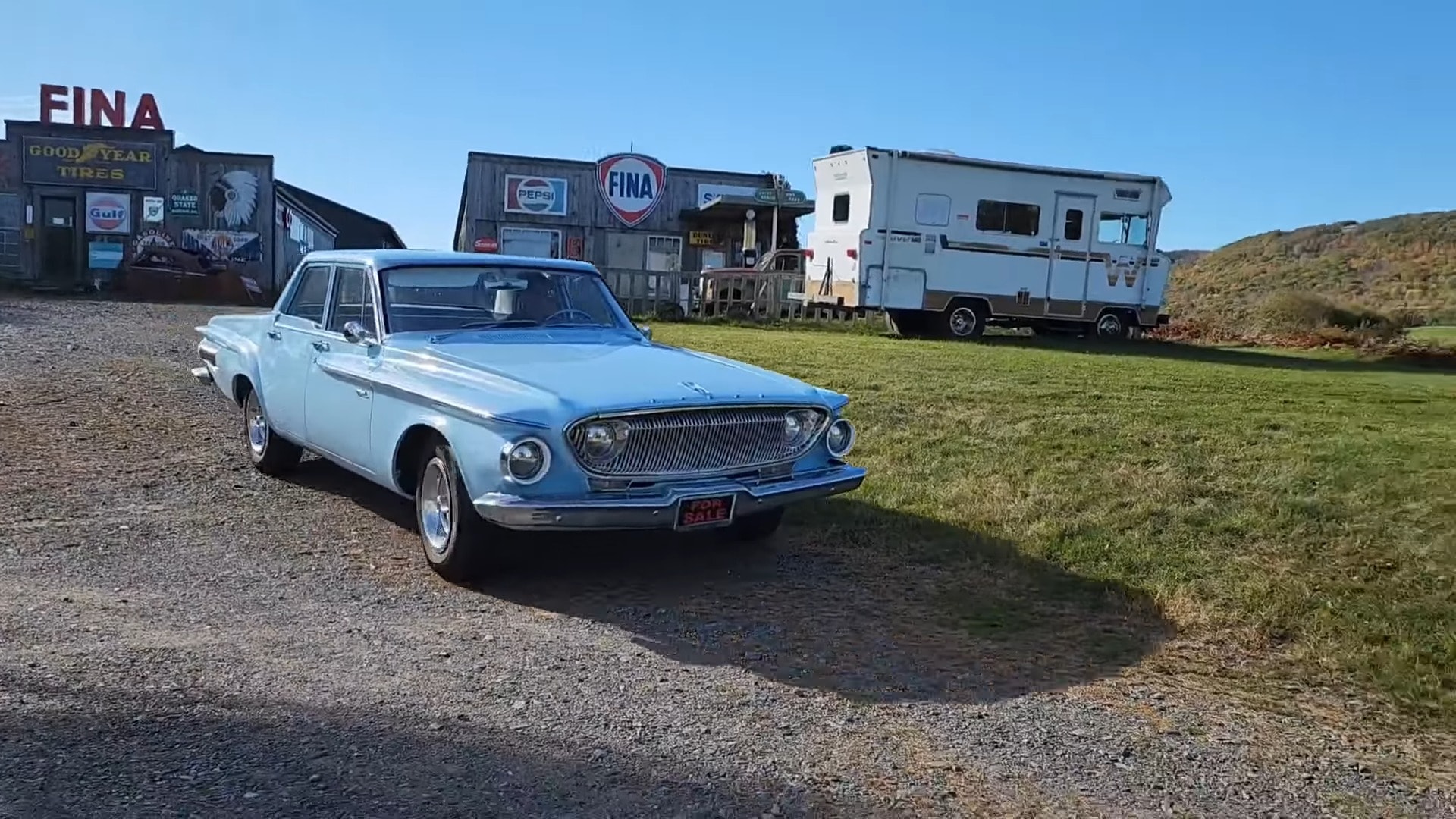The Dodge Dart, a nameplate synonymous with affordable motoring fun, was introduced in 1960 as a full-size vehicle. However, in 1963, it transitioned to the compact segment. The 1962 Dart, caught between these two eras, has been the subject of debate regarding its classification as full size or intermediate.
Despite its polarizing appearance, which some have described as “a face only a Mother (Mopar) could love,” the 1962 Dart sold over 110,000 units, demonstrating a significant appeal to many buyers. This success was a stark contrast to the initial performance of the 1960 lineup, which sold nearly 307,000 units.

The Dart’s distinctive styling was not a random design choice but was part of Virgil Exner’s vision for the entire lineup. Exner, a renowned automotive designer, sought to create a cohesive and visually striking family of vehicles for Chrysler. His initial sketches and final designs for the Dart, along with other Chrysler models, showcased his innovative and forward thinking approach to automotive aesthetics.
However, Chrysler’s flawed industrial espionage led to a misguided decision to downsize their full-size lineup, based on a false rumor about General Motors’ plans. This decision was influenced by the belief that GM was also planning to downsize their full size offerings. Unfortunately, the actual rumor was about the Chevy II Nova, a compact car introduced in 1962.
The premature downsizing of the Dart had significant implications for its market positioning and reception. While the Dart’s unique styling and affordable price point appealed to many buyers, its smaller size and reduced interior space may have alienated some consumers who preferred larger, more spacious vehicles. Additionally, the Dart’s reputation as a “transitional” model may have also impacted its sales.
Despite these challenges, the 1962 Dart remains a significant and memorable entry in the history of the Dodge brand. Its distinctive styling, affordable price, and unique position within the Chrysler lineup have earned it a place in the hearts of many automotive enthusiasts. The 1962 Dodge Dart, despite its odd looks and poor sales, remains a fascinating vehicle for many enthusiasts.
Its unique design, rooted in Chrysler’s Forward Look philosophy, and its availability with the powerful 413 Max Wedge engine make it a desirable choice for those seeking a classic American muscle car. The Dart, a full-size sedan at the time, was initially met with lukewarm reception due to its unconventional styling.

However, its potential for performance was quickly recognized. The 413 Max Wedge, a high performance V8 engine, provided the Dart with the power it needed to excel on the dragstrip.
While the Dart’s exterior design may not appeal to everyone, its interior offers a comfortable and spacious cabin. The car’s handling is also noteworthy, thanks to its solid chassis and responsive steering.
For those looking to restore or modify a classic American muscle car, the 1962 Dodge Dart presents a compelling option. Its unique design, powerful engine, and solid build quality make it a worthy addition to any enthusiast’s collection.

